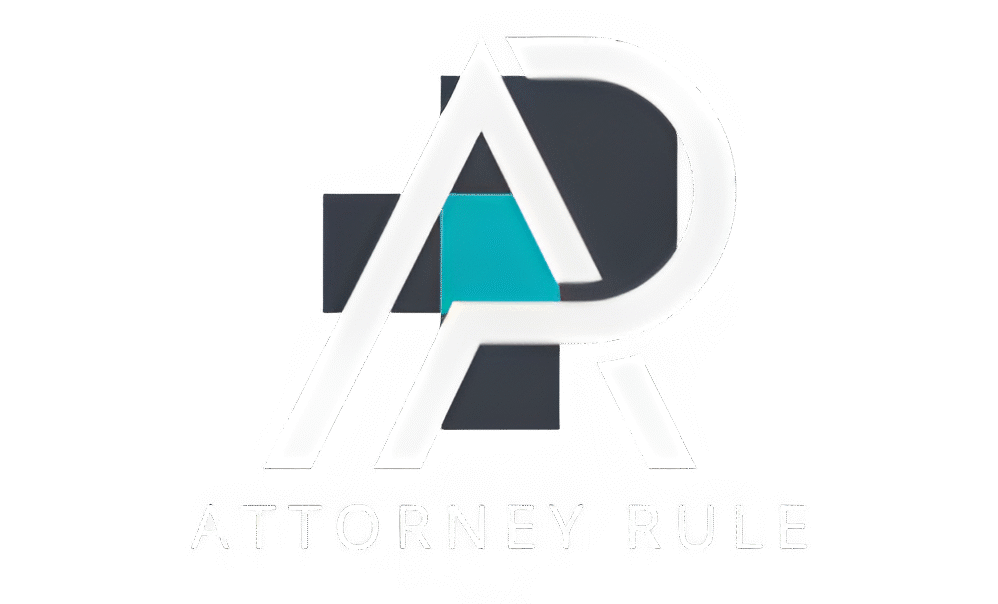For many owners of Chevrolet Silverado and GMC Sierra diesel trucks, a long-standing engine issue involving the Bosch CP4 high-pressure fuel pump has been a source of worry and repair bills. In early 2025, a class-action settlement was finally finalized resolving claims that certain model years of these trucks were sold with defective CP4 pumps. If you own one of the affected trucks, this lawsuit could be very relevant to you.
What Is the CP4 Fuel Pump Issue?
The CP4 is a high-pressure fuel injection pump built by Bosch and used in many modern diesel systems. The controversy began when owners alleged that the CP4 pumps used in certain Duramax engines (and in some LGH engines) were not well suited for U.S. diesel fuel conditions. Because U.S. diesel is cleaner and has lower sulfur content than what some designs anticipated, the CP4 pump can struggle with lubrication under certain conditions.
When the pump doesn’t receive enough lubrication or is stressed, tiny metal shavings may form. These shavings can circulate through the fuel system, damaging injectors, fuel lines, and other components — ultimately leading to catastrophic engine failure. In several reported cases, repair costs have reached tens of thousands of dollars.
The suit alleged that General Motors (GM) and its suppliers knew about or should have known of the compatibility risks but continued to install CP4 pumps without adequate safeguards or warnings.
Which Vehicles Are Affected?
The class action specifically targeted 2011–2016 Chevrolet Silverado and GMC Sierra trucks equipped with the 6.6L Duramax LML diesel engine. In addition, some versions of the 2010–2012 LGH diesel engine (less common) were also named in related claims.
Not every region is included in the settlement — eligibility is limited to trucks purchased from GM-authorized dealers in certain states between March 1, 2010 and September 13, 2024. Those states include California, Florida, Illinois, Iowa, New York, Pennsylvania, and Texas.
To be part of the class, a vehicle owner (or former owner) must also show proof that the CP4 pump or related components were repaired or replaced, or otherwise meet the criteria set in the settlement documents.
The Legal Case & Claims
The consolidated lawsuit is filed under Chapman v. General Motors LLC (among others) in U.S. District Court. Plaintiffs claimed that:
-
The CP4 pump design was inherently flawed for U.S. diesel conditions, particularly its sensitivity to low lubrication and wear.
-
These flaws could cause metal debris contamination in the fuel system.
-
GM and Bosch failed to adequately disclose the risks or warn buyers.
-
Because of these defects, affected trucks required expensive repairs or premature replacements of critical engine components.
-
Many owners who sought repair or replacement had to pay out of pocket, even when the failure was arguably the result of a design defect.
GM has denied liability in the litigation, arguing it did not knowingly sell defective systems. As is common in large class actions, GM settled without admitting wrongdoing.
Settlement Details (Finalized 2025)
On May 6, 2025, a U.S. District Court judge granted final approval to a settlement valued at $50 million. Here’s how the settlement is structured and what it offers to affected truck owners:
1. Monetary Compensation for Past Repairs
-
A portion of the fund — $30 million — is specifically earmarked for class members who paid out of pocket for CP4 fuel pump repairs or replacements prior to the settlement.
-
Eligible owners may receive reimbursement amounts (e.g. $6,356 to $12,712) depending on the number of valid claims filed and supporting documentation.
-
If you no longer own the vehicle and did not pay for CP4 repairs while owning it, you might be eligible for a smaller compensation payment (e.g. $400 to $800, pro rata based on claims).
2. Future Repair Reimbursement & Limited Warranty
-
Current owners who undertake a CP4 pump repair or replacement at a GM-authorized dealership beginning May 6, 2025, can apply for 50% reimbursement of those repair costs.
-
This reimbursement / warranty extension is limited by two conditions:
-
It remains available for 12 months from the effective date of the settlement, or
-
Until the vehicle reaches 200,000 miles, whichever comes first.
-
-
Covered repairs must involve the CP4 pump and related components listed in GM’s Technical Service Bulletin (TSB 16-NA-102).
3. Eligibility & Claim Submission
-
To participate, you must be a class member: you purchased the vehicle in the eligible timeframe and states from a GM-authorized dealership.
-
To file a claim for past repairs, you will need proof of purchase, proof of repair (invoice, shop report), and your Vehicle Identification Number (VIN).
-
If you no longer own the truck and did not make CP4 repairs, you’ll need documentation of the sale (date, buyer, VIN).
-
The deadline for submitting claims for past repairs is November 6, 2025.
-
Reimbursement requests for future repairs must be submitted within 60 days of the repair date.
4. Settlement Class Release & Legal Fees
-
As part of the settlement, class members release claims against GM related to the CP4 pump defect for the covered timeframe.
-
Attorneys for the plaintiffs are slated to receive $15 million as fees and costs.
-
The court has dismissed the litigation with prejudice, meaning the claims cannot be re-filed under the same allegations.
Pros & Limitations of the Settlement
Pros
-
Owners who already spent large amounts on CP4 failures may recoup a significant portion of those costs.
-
The partial reimbursement for future repairs eases the burden for new failures, provided the work is done through authorized dealers.
-
The settlement puts closure on years of litigation and provides a clear path to compensation.
Limitations / Caveats
-
Only seven states are included. Owners in other states are excluded from recovery under this settlement.
-
The 50% reimbursement means owners still bear significant costs. For extensive engine damage, that may not cover everything.
-
Requirements to use GM-authorized shops limit flexibility; independent repair shops may not qualify.
-
The timeline (12 months or 200,000 miles) might not cover long-term risk, especially in high-mileage trucks.
-
Owners must file claims within deadlines and provide thorough documentation; missing the deadline or lacking paperwork may forfeit compensation.
What Owners Should Do Now
If you believe you own or once owned a qualifying Silverado or Sierra with a 6.6L Duramax (or eligible LGH engine), here’s what to do:
-
Check if your truck is a “Class Vehicle”
Use the official settlement’s VIN lookup tool (often available on the settlement website) to confirm eligibility. -
Collect supporting documents
Gather your purchase paperwork, repair invoices, receipts, and any engine diagnostics or shop reports. If you sold the truck, save documentation of the sale. -
Submit a claim before deadline
For past repairs, file your claim before November 6, 2025. For future repairs (after May 6, 2025), make sure to file within 60 days of that repair. -
If you opt out or object
If you don’t want to be bound by the settlement and want to preserve the right to sue GM independently for the CP4 issue, you can request exclusion. The deadline for exclusion or objection is December 12, 2024 (as noted in preliminary settlement documents). -
Make repairs through GM-authorized shops
To qualify for future reimbursement, the repair or replacement must be done at an authorized dealership (not an independent or non-GM shop). -
Monitor notification and updates
The settlement administrator will issue notices. Keep an eye on your mail, email, or online settlement portal for status updates, deadlines, or additional instructions.
Why This Case Matters
-
High stakes, high visibility
Large sums and high repair costs make this one of the more significant “defective parts” class actions in the diesel-truck space. -
Design vs. regional compatibility
This case highlights how a part designed for one environment (e.g. lubricative diesel fuel) may not adapt well to another (South U.S., low-sulfur diesel). It stresses careful component selection and adaptation for regional specifications. -
Consumer protection in automotive
It strengthens the message that automakers can be held accountable when known design deficiencies lead to real financial harm to consumers. -
Precedent for future claims
The CP4 lawsuit may inspire or influence similar claims in other models, other manufacturers, or future component issues.
conclusion:
The CP4 fuel pump lawsuit settlement is an important outcome for owners of certain 2011–2016 Silverado and Sierra diesel trucks (and some 2010–2012 LGH engine variants). While GM denies wrongdoing, it has agreed to pay into a $50 million fund, reimburse many past repair costs, and offer partial warranty coverage for future repairs under defined conditions.
If you believe your truck is covered, acting promptly and obtaining proper documentation is critical. While the settlement has limitations (especially geographic restrictions and repair shop requirements), it offers a concrete path to relief from what has been a costly and damaging defect.

